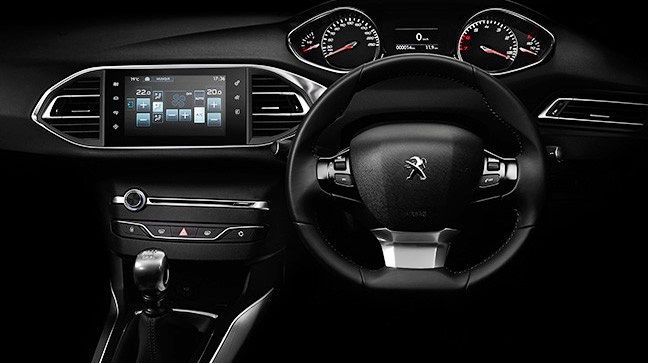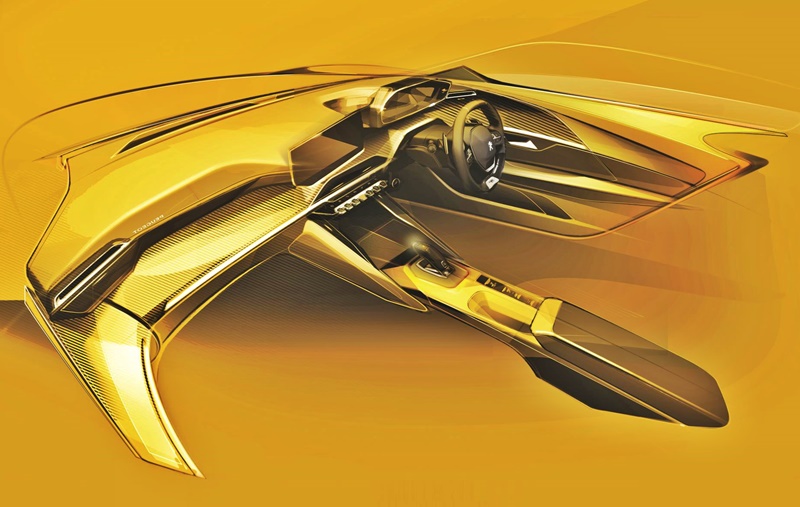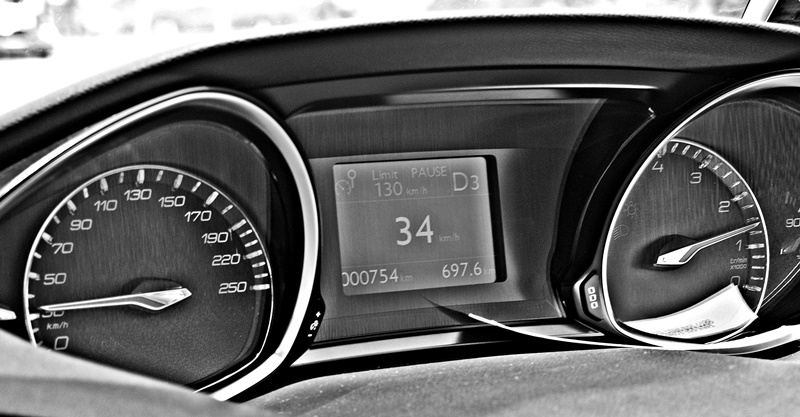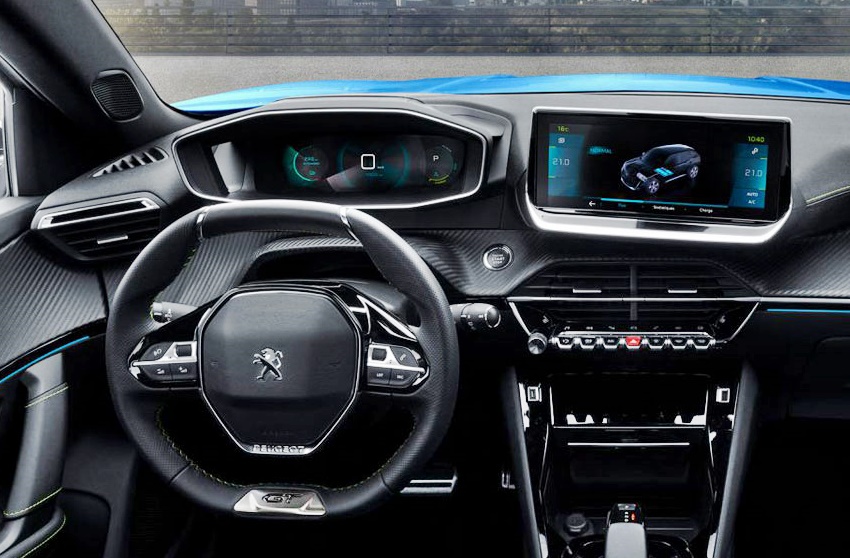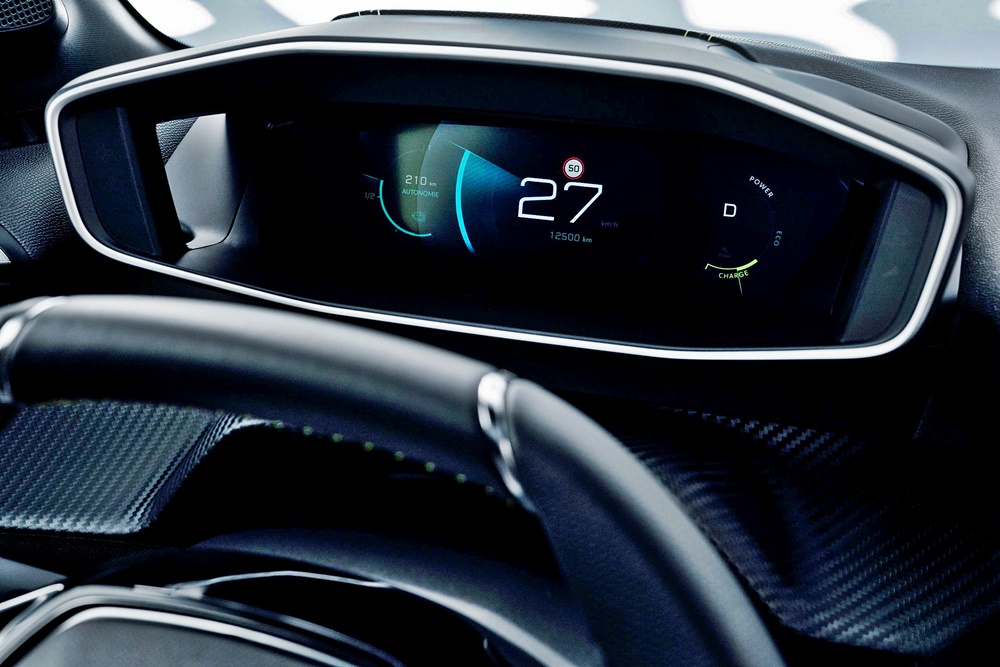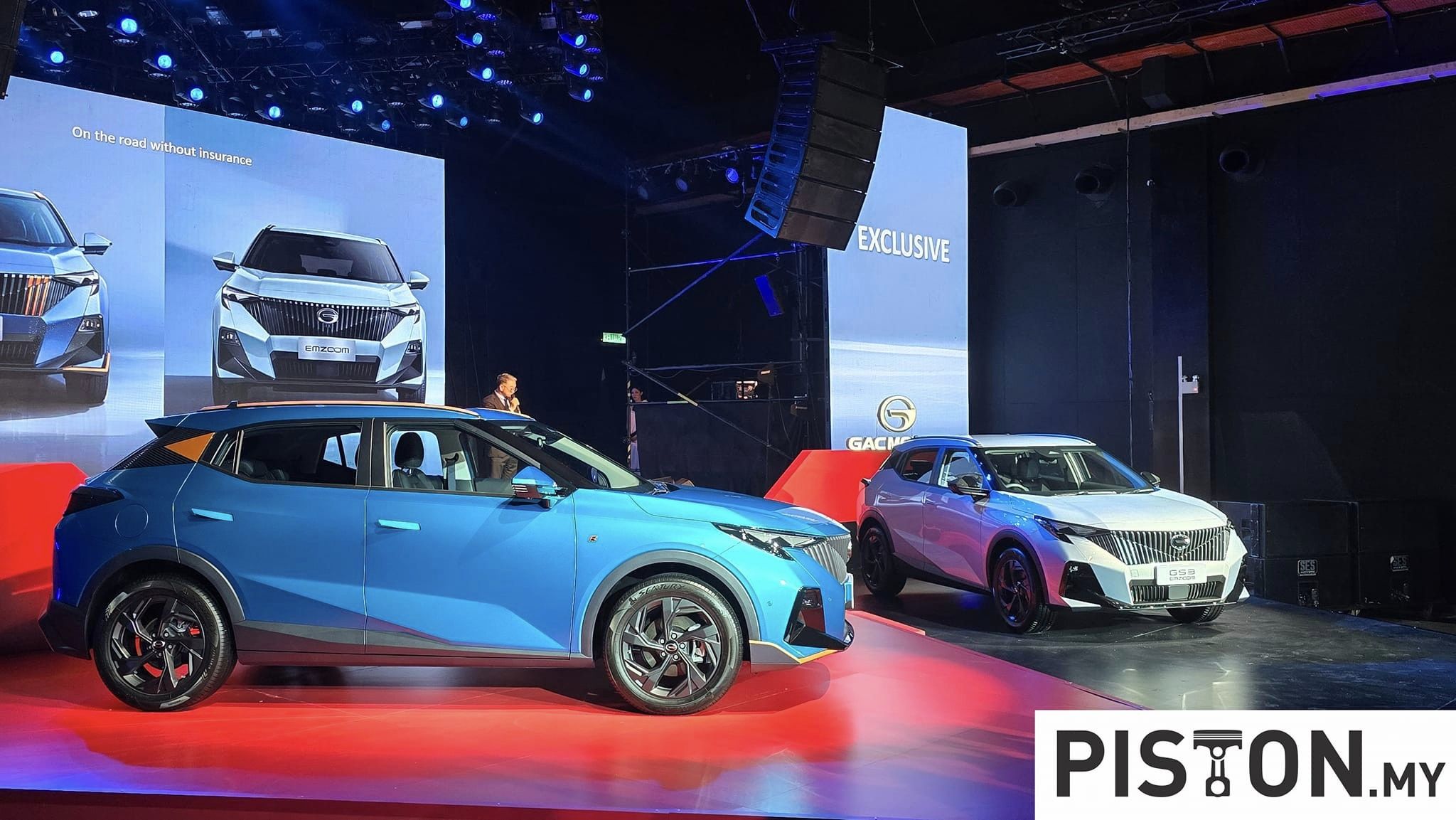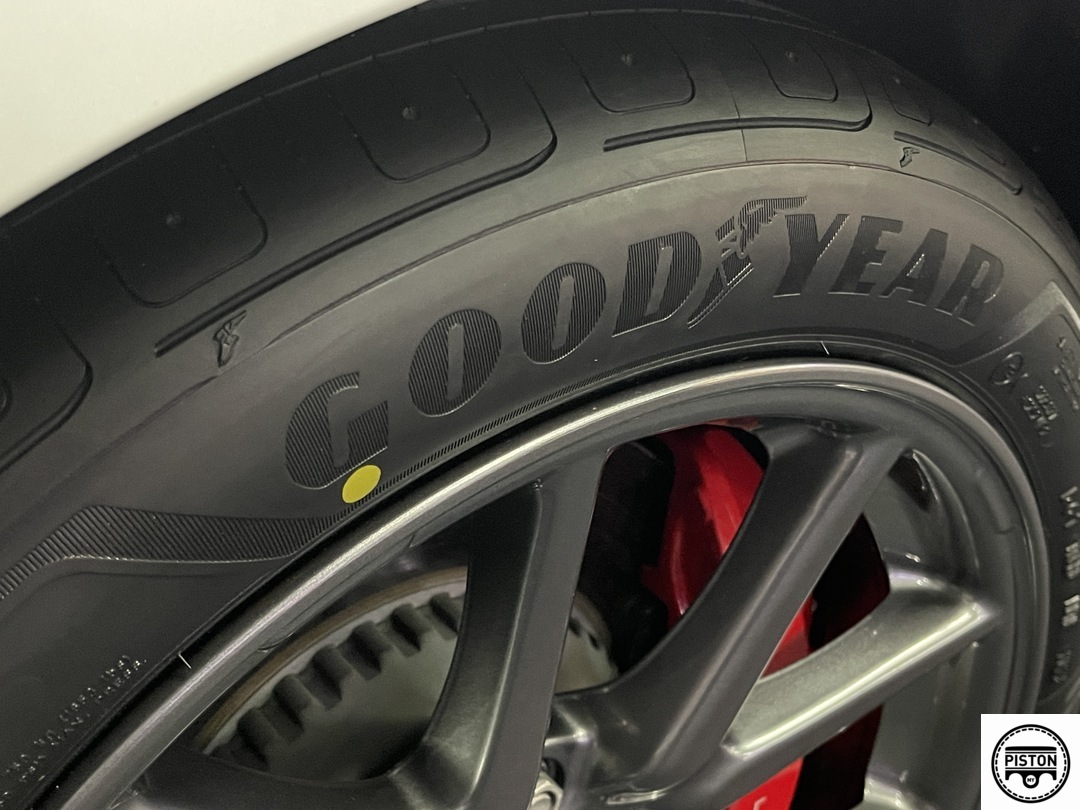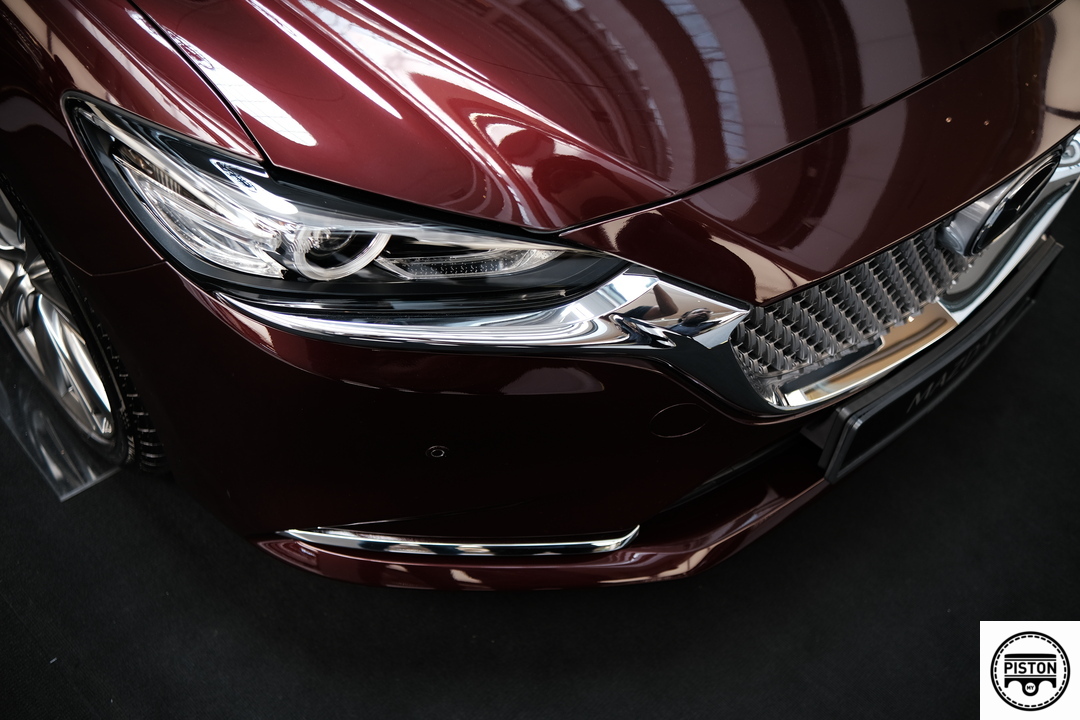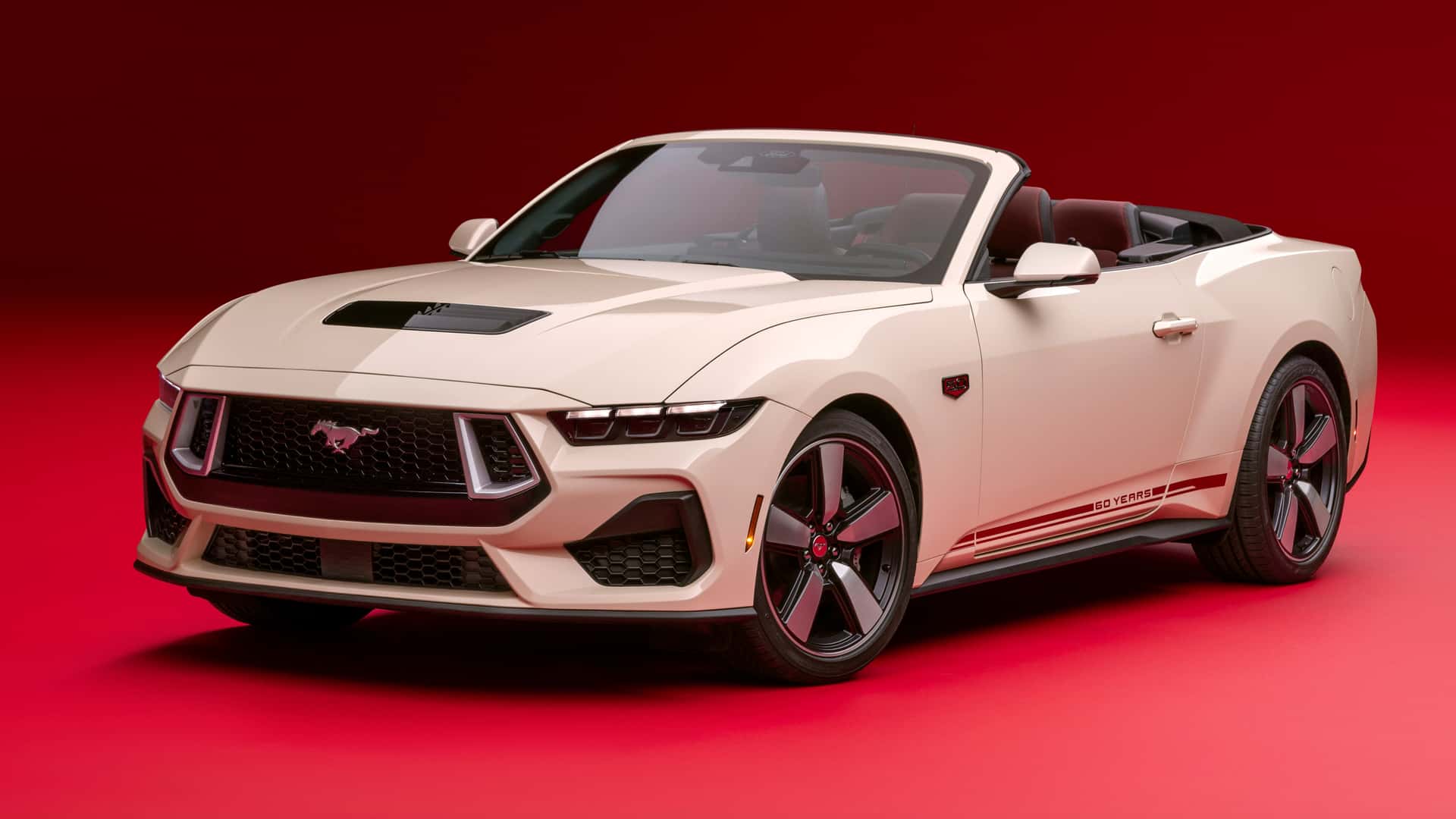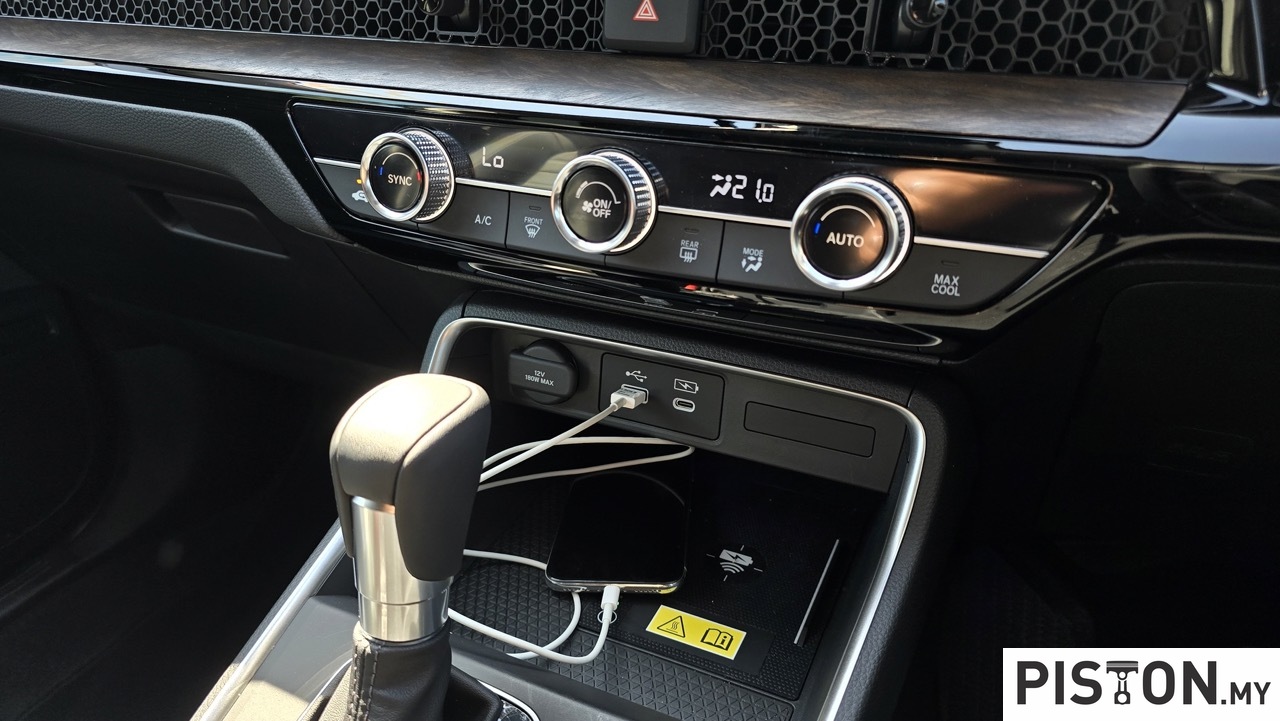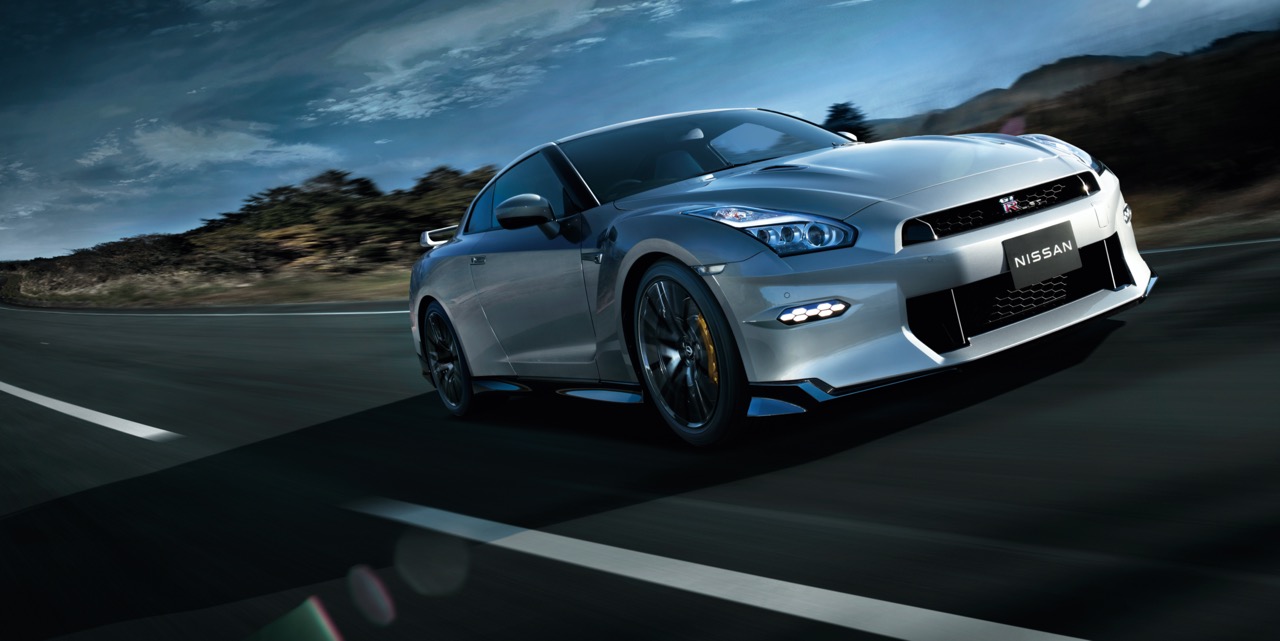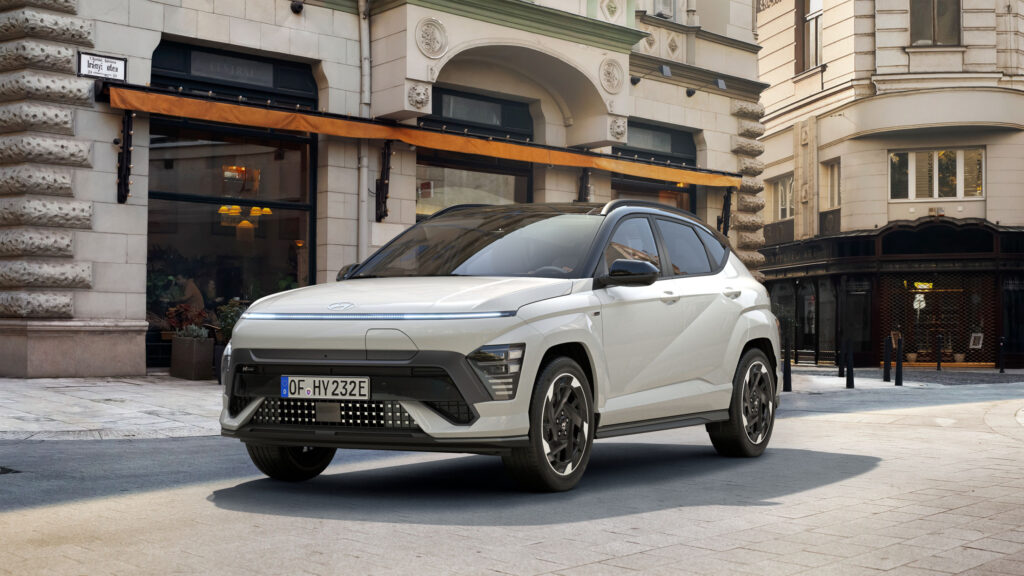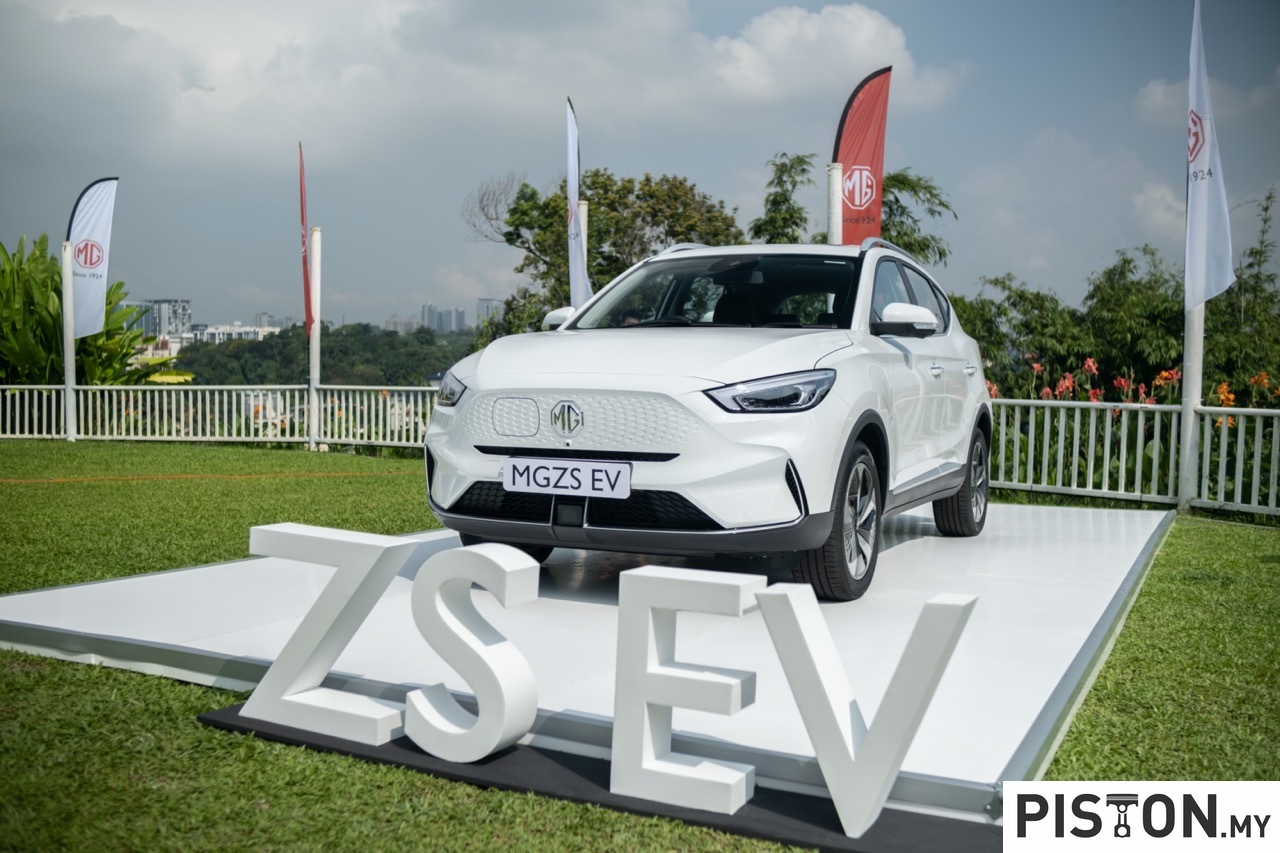At Geneva in 2010, Peugeot displayed the SR1 concept car which represented a new era at Peugeot Design. A new head of design and team had come up with new styling concepts and among them was the i-Cockpit. This was an innovation in dashboard design which met with positive response, leading Peugeot to introduce it in production models within 2 years.
The first model to have the i-Cockpit was the 208 in 2012, giving the popular hatchback a new iconic feature that would become an element in the brand’s DNA. With the i-Cockpit, key information is directly within the driver’s line of sight, reducing the need to take the eyes off the road.
It’s almost like the Head-Up Display (HUD) except that it does not project information on the windscreen ahead of the driver. It is therefore not as expensive to incorporate but at the same time differs from traditional instrument panel layout and positioning.
Why does it work better?
To design the i-Cockpit, ergonomics, visibility and architecture must be taken into account, ensuring all body types are comfortable with maximum outward visibility. To achieve this, anthropometric data was studied on a global scale. It isn’t just the driver’s height that matters; their chest to leg ratio that needs to be assessed. For example, some people have a longer torso compared to their leg length. But for others, it’s quite the opposite. If the average height of a man is 1.76 metres, the length of his torso varies from 87 to 98 cm. This has a direct impact on the positioning of his vision.
This anthropometric data made it possible to calculate the range of adjustment for the seats or steering wheel. This reinforces the feeling of being in a ‘cocoon’ and optimises ergonomics, whatever the driver’s size.
Elements of the i-Cockpit
The main elements of the i-Cockpit are the compact steering wheel, raised instrument display, large HD touchscreen in line of sight, and a series of piano keys (or toggle switches) allowing direct and permanent access to the main comfort functions.
The i-Cockpit uses a 3-level arrangement for efficient ergonomics and driving comfort. Like a HUD, the information falls within the driver’s line of sight so that he or she does not need to take their eyes off the road ahead, improving safety. With traditional layouts, the eyes usually have to be diverted downwards a bit to view the meters, momentarily drawing the driver’s vision away from the road.
An unusual feature on the tachometer is the way it sweeps around the face. In conventional meters, the sweep would be clockwise, from the lower left around to the right. For the i-Cockpit, the sweep is counter-clockwise so the pointer rests on the right side when at idle. The designers were perhaps obsessed with having symmetry in the motion, with the speedometer (on the left side) sweeping clockwise. It’s disconcerting for new drivers but something that an owner would get used to.
The cockpit ergonomics are also part of the i-Cockpit with a wraparound layout to put switches and knobs within easy reach. The steering wheel has paddles which allow manual selection of gears, if preferred, without removing the hands from the steering wheel.
The 3D cluster
To date, over 5 million motorists have the i-Cockpit in their Peugeot vehicles. The concept continues to evolve and the latest innovation is the 3D i-Cockpit instrument cluster offered in the latest 208 which is the 2020 European Car of the Year. Visteon Corporation collaborated with Peugeot in the development of the more advanced i-Cockpit, said to be the industry’s first fully digital cluster displaying holographic objects. The instrument cluster represents the first real 3D cluster in automotive production.
The digital cluster displays advanced reflections to create the impressions of 3D graphics. The cluster is composed of a high-definition 10.25-inch ‘background’ thin-film transistor (TFT) and a 7-inch ‘foreground’ TFT projected on a semi-reflective blade.
The leading-edge display creates a 3D projection of approximately 15 mm between the front and rear images. This projects information like a hologram and the information is dynamic and animated. It can get closer to the eye depending on the degree of importance or urgency, and potentially increasing driver reactivity by half a second.
The 3D cluster is the first of several variants in the Groupe PSA brand line-up that will be launched over the coming years in a number of sizes. Identifiable by the two TFTs surrounded by tell-tale satellites, it also provides high-quality graphical content with animations and 3D content on both screens, in a complex and calibrated mechanical structure.
Click here for other news and articles about Peugeot.


